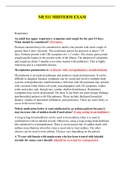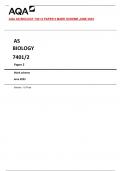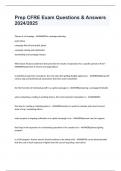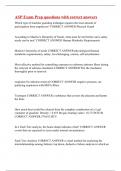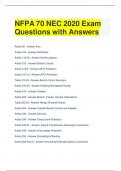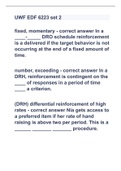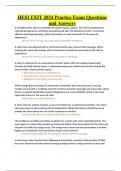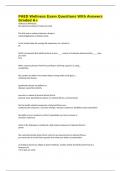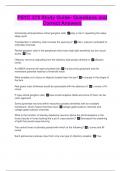Exam (elaborations)
NR 511 MIDTERM EXAM / NR511 MIDTERM EXAM: LATEST-2021
- Course
- Institution
NR 511 MIDTERM EXAM / NR511 MIDTERM EXAM: LATEST-2021NR 511 MIDTERM EXAM / NR511 MIDTERM EXAM: LATEST-2021NR 511 MIDTERM EXAM / NR511 MIDTERM EXAM: LATEST-2021NR 511 MIDTERM EXAM / NR511 MIDTERM EXAM: LATEST-2021NR 511 MIDTERM EXAM / NR511 MIDTERM EXAM: LATEST-2021NR 511 MIDTERM EXAM / NR511 MIDTER...
[Show more]
